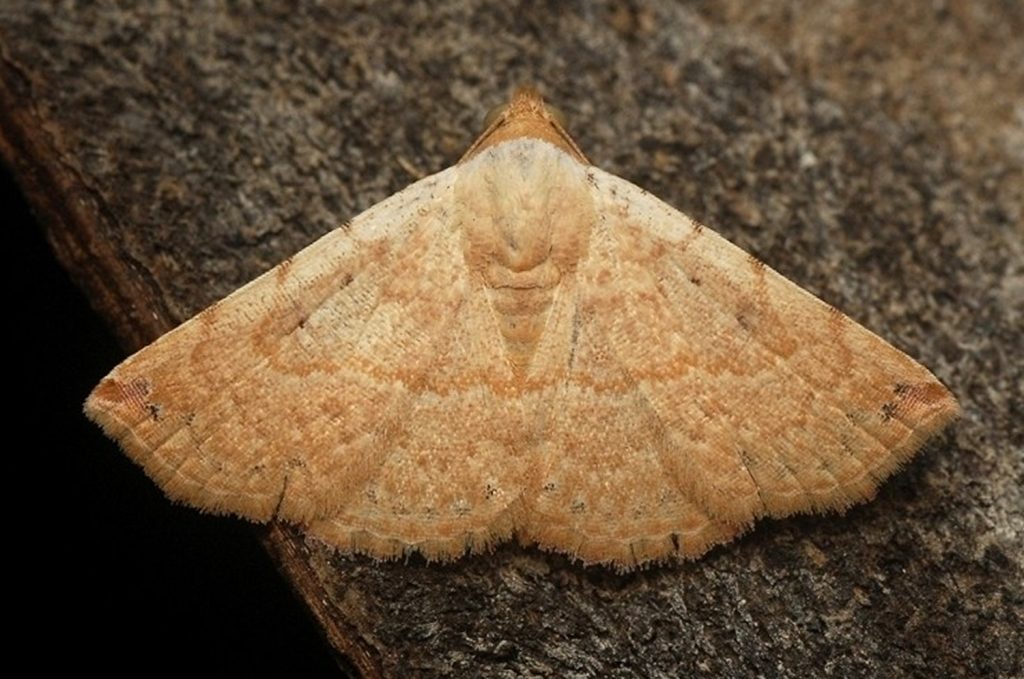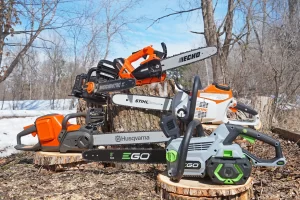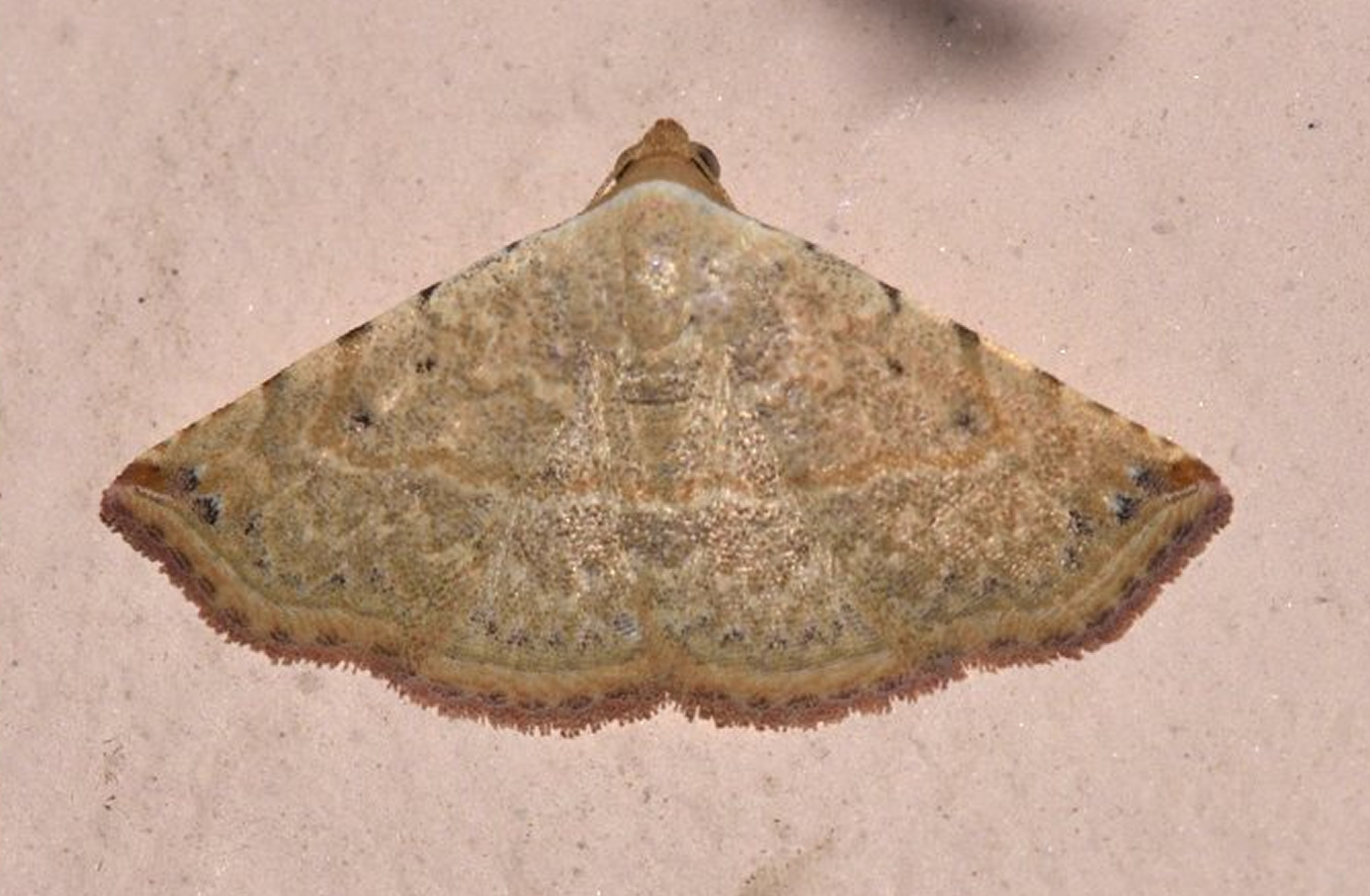Introduction: Unveiling the Autobà Butterfly
In the vast tapestry of the natural world, few creations captivate the imagination like the Autobà Butterfly. With its striking beauty and intricate design, this species stands as a testament to the wonders of evolution. In this comprehensive guide, we delve into the world of the Autobà Butterfly, exploring its species, role in the ecosystem, life cycle, and the impact it has on its environment.
Species Profile: Unraveling the Mysteries
The Autobà Butterfly, scientifically known as Automorpha autobii, is a species endemic to the lush rainforests of South America. Its wingspan, which can range from 4 to 6 inches, showcases a mesmerizing array of colors, from vibrant oranges and yellows to subtle hints of blue and green. This species is renowned for its distinctive markings, resembling intricate patterns reminiscent of tribal art. Found primarily in the canopy layer of the rainforest, the Autobà Butterfly’s presence adds a splash of color to the verdant landscape, captivating all who encounter it.
Guide to Identification: Recognizing the Autobà
Identifying the Autobà Butterfly amidst a sea of fluttering wings can be a thrilling challenge for enthusiasts and researchers alike. Look for its large size, bold colors, and unique wing patterns. The Autobà often frequents flowering plants, sipping nectar with its elongated proboscis. Keep an eye out for its graceful flight pattern, characterized by smooth glides and occasional bursts of speed. For those venturing into the rainforest in search of this elusive species, patience and keen observation are key.
Role in the Ecosystem: A Vital Contributor
Beyond its aesthetic appeal, the Autobà Butterfly plays a crucial role in its ecosystem. As pollinators, these butterflies facilitate the reproduction of countless plant species, ensuring the continuation of diverse habitats within the rainforest. Their interactions with various flora also contribute to the intricate web of life that sustains the delicate balance of the ecosystem. Without the Autobà Butterfly and other pollinators, many plant species would struggle to reproduce, leading to cascading effects throughout the ecosystem.
Moths and Butterflies: Distinguishing Features
While often mistaken for moths due to their nocturnal activities, butterflies like the Autobà possess several distinguishing features. Butterflies tend to have slender bodies, clubbed antennae, and vibrant colors, whereas moths typically have thicker bodies, feathery antennae, and muted hues. Additionally, butterflies rest with their wings closed, while moths typically rest with their wings spread open. These subtle differences can help enthusiasts and researchers differentiate between these two fascinating groups of insects.
The Autobà Way: Navigating Life’s Journey
From egg to adult, the life cycle of the Autobà Butterfly is a remarkable journey of transformation. It begins with the female laying eggs on the undersides of leaves, where they hatch into voracious caterpillars. These larvae feed voraciously on host plants, storing energy for their metamorphosis. After a period of growth and molting, the caterpillar forms a chrysalis, within which it undergoes the miraculous process of metamorphosis. Finally, emerging as a fully-formed butterfly, the Autobà takes flight, ready to embark on its quest for survival and reproduction.

Impact on the Environment: A Delicate Balance
While the Autobà Butterfly contributes to the health and diversity of its ecosystem, it also faces numerous challenges. Habitat loss, climate change, and pesticide use threaten the delicate balance upon which these creatures depend. Conservation efforts aimed at preserving their habitats and raising awareness about their importance are crucial for ensuring the continued existence of this enchanting species. By protecting the rainforests and implementing sustainable practices, we can safeguard the future of the Autobà Butterfly and countless other species that call these ecosystems home.
Efficiency in Flight: Harnessing the Power of Speed
One of the most awe-inspiring aspects of the Autobà Butterfly is its efficiency in flight. Despite their delicate appearance, these butterflies are capable of impressive feats of speed and agility. By utilizing a combination of wing movements and air currents, they navigate their environment with precision and grace, evading predators and maximizing their foraging efforts. This efficiency in flight allows the Autobà Butterfly to cover vast distances in search of food and mates, contributing to its success as a species.
Development and Adaptation: Evolutionary Marvels
Through millions of years of evolution, the Autobà Butterfly has developed an array of adaptations that enhance its chances of survival. From its intricate wing patterns that provide camouflage to its elongated proboscis adapted for sipping nectar, every aspect of this species is finely tuned to its environment. As the world continues to change, these butterflies will undoubtedly continue to evolve, adapting to new challenges and opportunities. By studying the adaptations of the Autobà Butterfly, scientists gain valuable insights into the process of evolution and the ways in which organisms respond to environmental pressures.
Conclusion: Preserving a Natural Treasure
In the tapestry of life, the Autobà Butterfly stands as a shining example of nature’s beauty and resilience. From its stunning appearance to its vital role in the ecosystem, this species enriches the world in countless ways. As stewards of the planet, it is our responsibility to protect and preserve these natural treasures for future generations to enjoy. Through conservation efforts and sustainable practices, we can ensure that the Autobà Butterfly continues to grace our skies for generations to come. By working together to safeguard the habitats and ecosystems upon which these creatures depend, we can ensure a brighter future for all life on Earth.
























+ There are no comments
Add yours